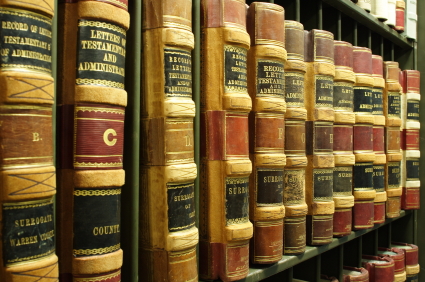I once received a call from another investor on how to structure a transaction on a nice 3bd, 2ba property. The sellers of the home were unable to find a buyer and they had to move out of the state, leaving them with a vacant house. The home was free and clear so this allowed an opportunity for creative deal structuring! We had gotten into a discussion about how to structure the deal and the question came up: What’s the difference between a lease option and owner-financing?
The Classic Cash For Homes Method
 The classic cash-for-homes method is to determine what the home is worth after all necessary repairs are made. This is known as the after-repair value or “ARV”. The ARV is multiplied by a percentage and then the repair estimate is subtracted from that total. This is a great solution if a large amount of cash is needed right away. This is most commonly used on properties that have no mortgage and need a lot of repairs. What if a large amount of cash is not needed?
The classic cash-for-homes method is to determine what the home is worth after all necessary repairs are made. This is known as the after-repair value or “ARV”. The ARV is multiplied by a percentage and then the repair estimate is subtracted from that total. This is a great solution if a large amount of cash is needed right away. This is most commonly used on properties that have no mortgage and need a lot of repairs. What if a large amount of cash is not needed?
The PMM
 How about cash up front and then a check every month until the balance is paid? If you have read my article on a Purchase Money Mortgage, you are familiar with the mechanics of this type of transaction. This is a truly passive investment on the seller’s part. Since lending standards are still tight when compared with standards of the mid-2000s, there is an enormous pool of buyers to pull from when selling a home with owner financing. Also, there is no responsibility for maintenance and repairs to the seller of the property. The buyer will be receiving the title as well as all the responsibilities that go with it.
How about cash up front and then a check every month until the balance is paid? If you have read my article on a Purchase Money Mortgage, you are familiar with the mechanics of this type of transaction. This is a truly passive investment on the seller’s part. Since lending standards are still tight when compared with standards of the mid-2000s, there is an enormous pool of buyers to pull from when selling a home with owner financing. Also, there is no responsibility for maintenance and repairs to the seller of the property. The buyer will be receiving the title as well as all the responsibilities that go with it.
The Lease Option
This is a good technique to use if there is a large mortgage on the property. The seller may not have enough equity in the house to pay for the cost of the sale. The owner of the home can lease the property to help cover the mortgage payment, and sell an option to purchase which will give them some cash.
The disadvantage here is that by North Carolina law the owner is responsible for all maintenance and repairs of the property. Many times everyday maintenance can be taken up by the tenant in exchange for a discounted rent amount. However, big-ticket items such as the roof and HVAC unit will still be the responsibility of the owner and can be very costly to fix and replace. Proper written agreements are essential for a successful transaction.
 So, what’s the difference between a lease option and owner-financing? There are some important technical differences due to the fact that the title is not conveyed with a lease option. The tenant-buyer will not receive the title until they exercise their option and buy the property. The owner of the property is still a landlord and is subject to landlord-tenant law.
So, what’s the difference between a lease option and owner-financing? There are some important technical differences due to the fact that the title is not conveyed with a lease option. The tenant-buyer will not receive the title until they exercise their option and buy the property. The owner of the property is still a landlord and is subject to landlord-tenant law.
With a purchase money mortgage, the title is transferred and both a deed of trust and a promissory note is used to secure the promise to repay. The buyer is then the owner of the property and assumes all rights and responsibilities of a property owner. This method alleviates the seller from the hassle of being a landlord.
Both lease options and purchase money mortgages are complex legal instruments that are too in-depth to cover in this brief blog post. Investopedia is a great source of information on the purchase money mortgage.
Do you own a home in the Raleigh area of North Carolina that you would like to sell directly to a buyer? Simply fill out the form below and Wake County Home Buyers will contact you to review your options!
Related Posts: Rent-to-Own Objections

